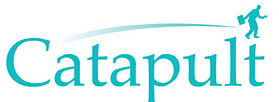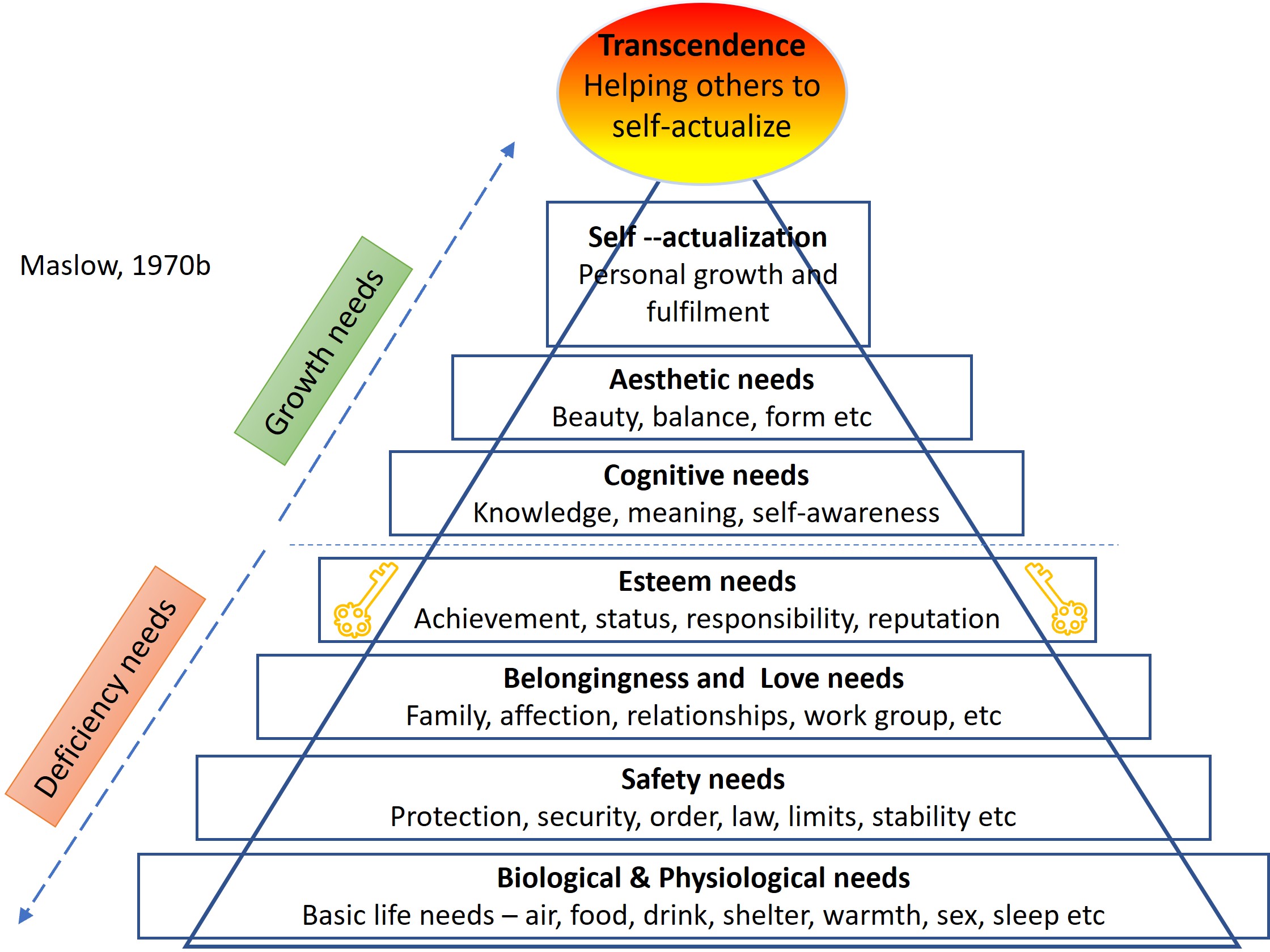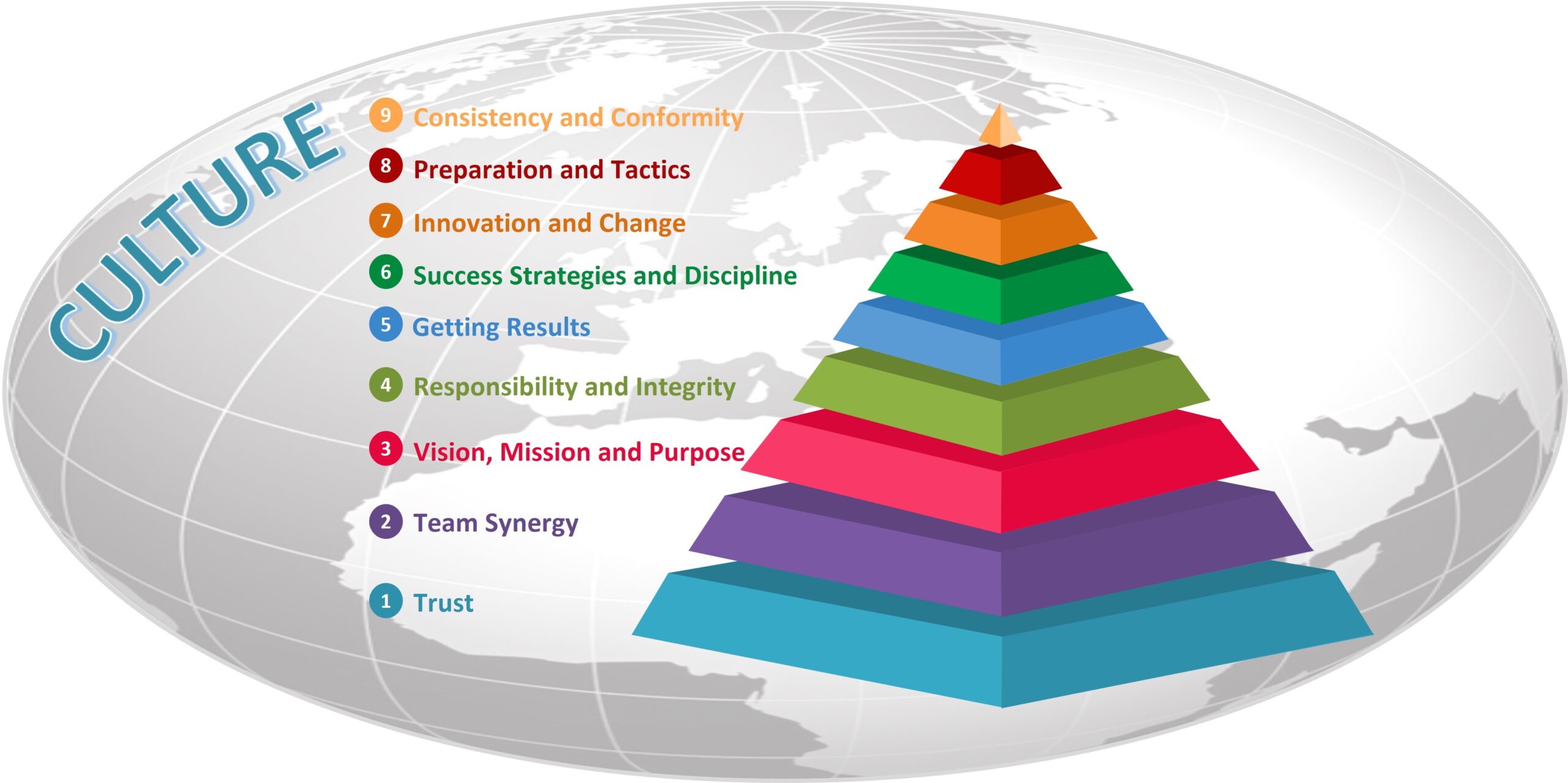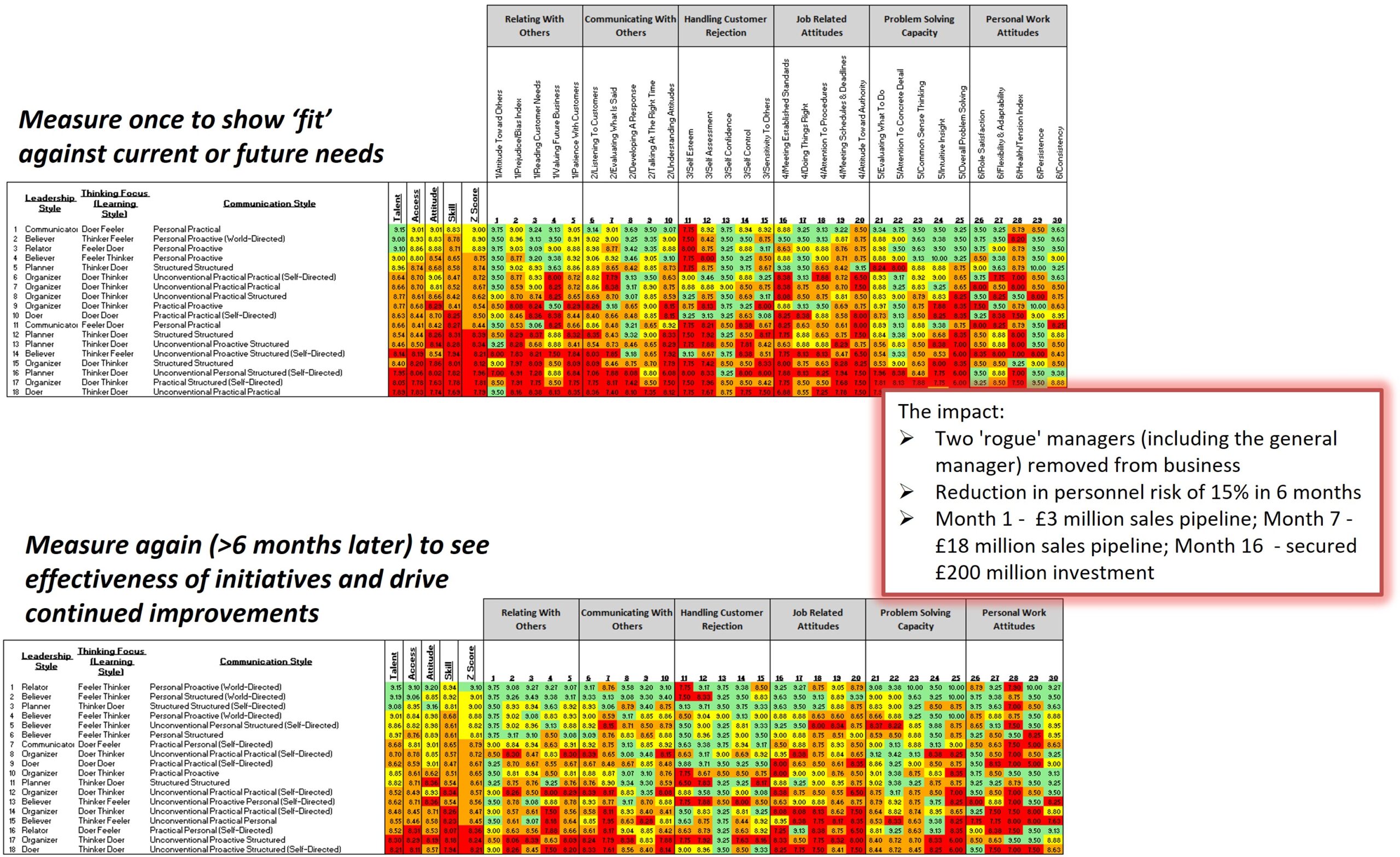Culture Eats Strategy for Breakfast’
The data is compelling: companies with healthy cultures have three times greater total returns to shareholders. A recent Mckinsey study found that in times of volatility, organisations that focus on culture and organisational health accelerate out of crisis faster. By building a performance culture—one with a unique set of practices, rituals, symbols, and experiences to fuel sustained superior performance—leaders can future-proof their organisations.
Blue Ocean Culture
Imagine an organisation where each person is at “Self-Actualisation” – at the pinnacle of Maslow’s renowned 5 level pyramid and second from top of his 1970b updated 7 level pyramid. How do you think such an organisation would feel? What results would they be achieving? Would they have a clear and well-communicated purpose, valued by all stakeholders?

We describe such organisations as having a blue ocean culture, one that is in stark contrast to the red ocean cultures which are bloodied by infighting, low trust, low retention, and low engagement, all of which damages performance.
The Hartman Pathways
Hartman’s lifelong search to define “What is Good”, led to his mathematical decipher of how people evaluate scenarios and make decisions. This informed Maslow’s values of “Being” and led to the creation of Hartman’s 9 Pathways to build a good culture – which underpin the CatapultCulture methodology.
Measuring and Developing Culture
Using the 9 Pathways, once the Culture Blueprint has been defined, individual’s using an online thinking exercise are measured against the blueprint. With the measurement complete, we analyse the data to compare top and bottom performers. The result is an objective indicator of the likelihood for success and failure within a unique company and culture.
This process will grow profits through lower staff turnover costs, lower cost per hire, and lower cost of training, because training will now be targeted. Identifying, retaining, and developing the best (and most aligned) talent for your organisation is now a much more rigorous, yet simple, process.






0 Comments